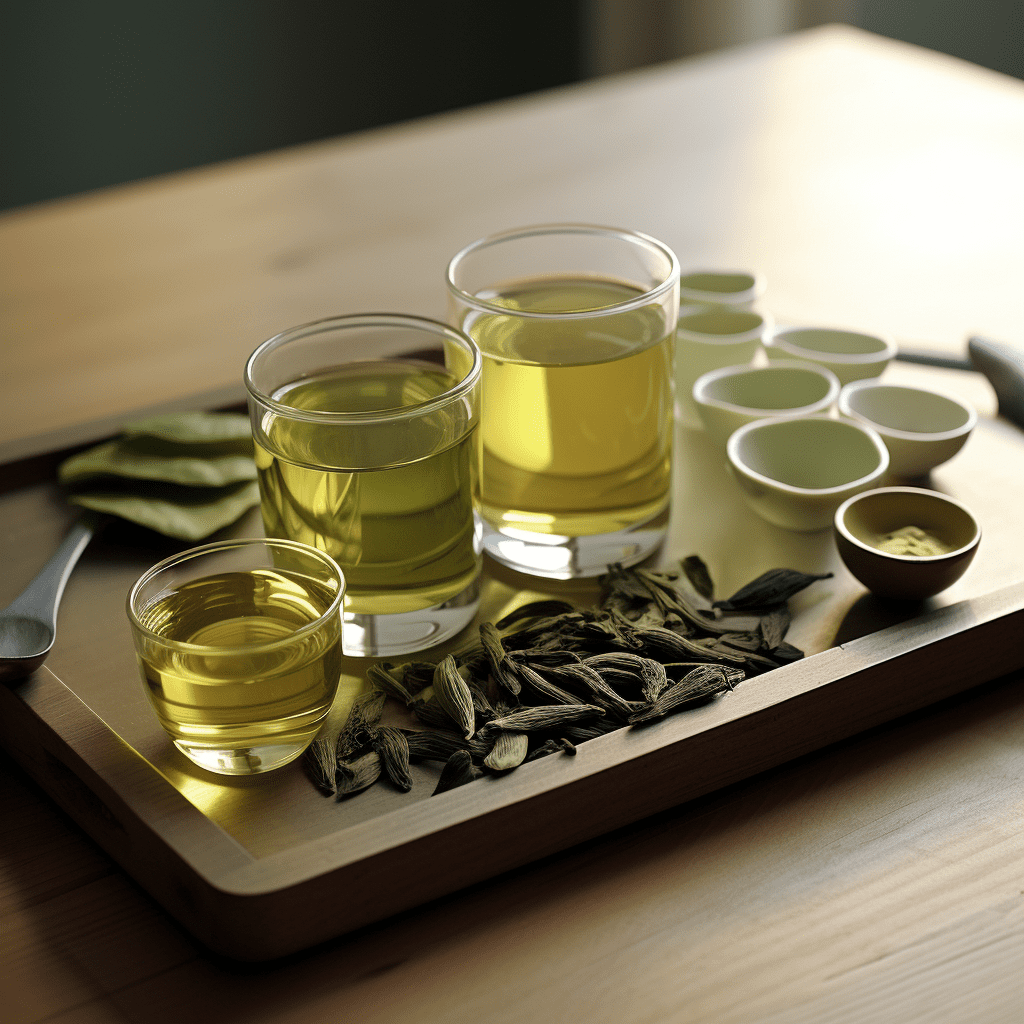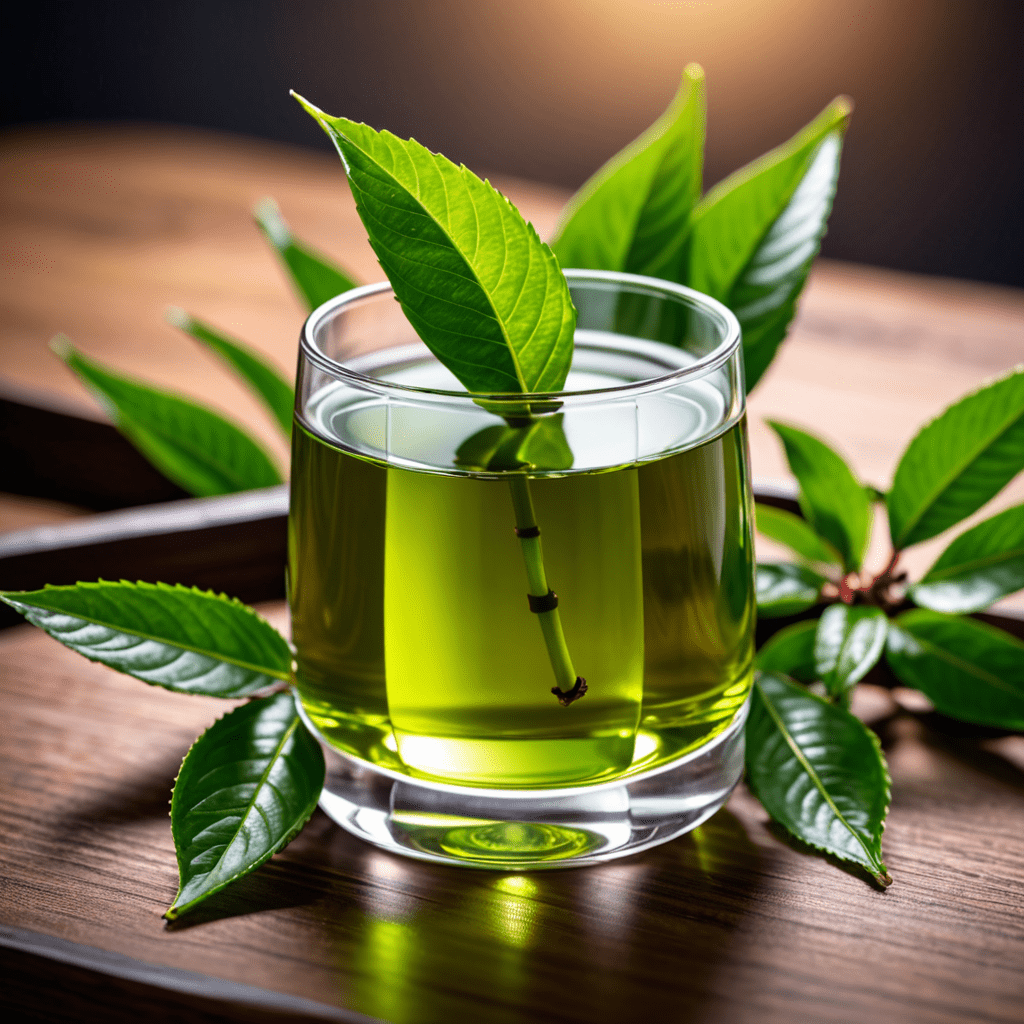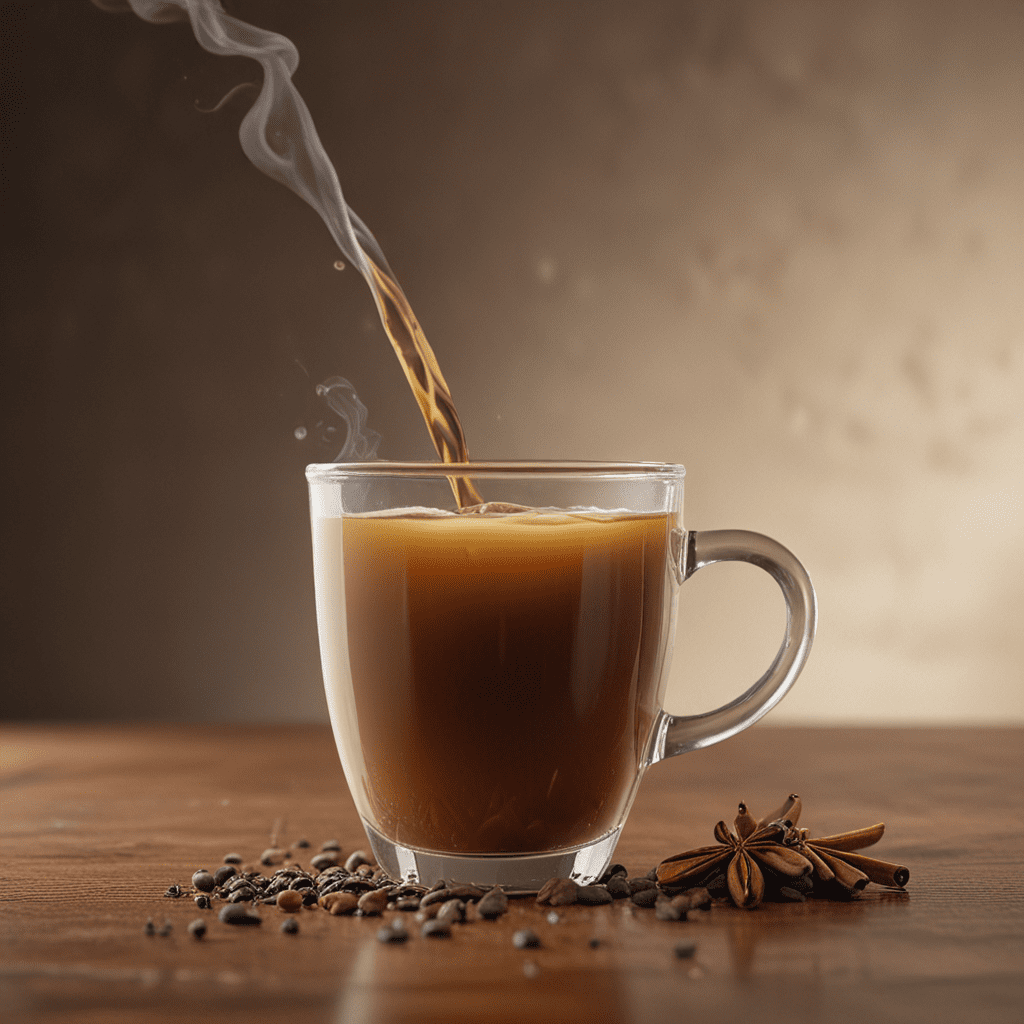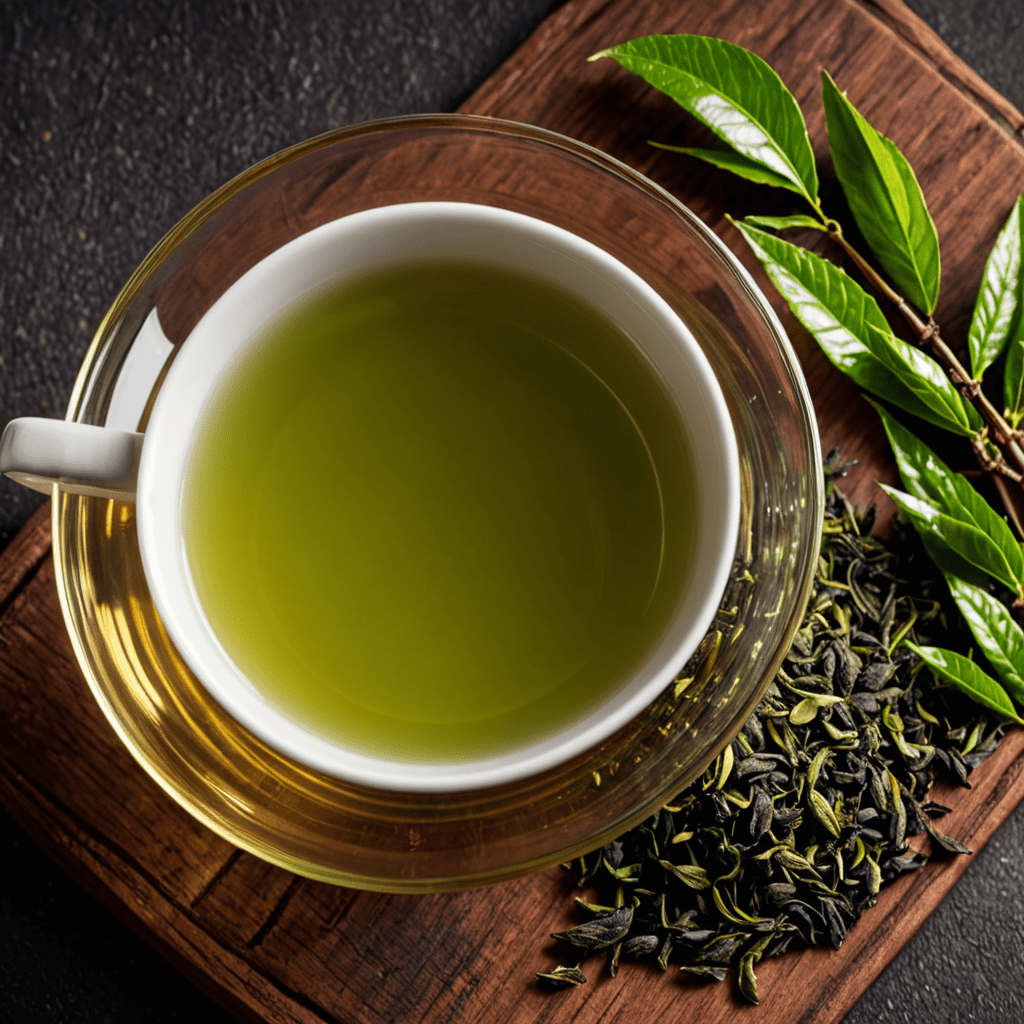What Color Should Green Tea Be?
Green tea is a popular beverage enjoyed by people all over the world, known for its numerous health benefits and refreshing taste. But have you ever wondered what color green tea should be? In this article, we will explore the ideal color of green tea, the factors that can influence its color, and why it matters in terms of quality. So, let’s delve into the world of green tea and its vibrant hues!
The Ideal Color of Green Tea
Green tea, as the name suggests, should have a distinct green color. However, the shade of green can vary depending on several factors, including the type of tea leaves used, the brewing method, and even the region where the tea is produced. Generally, the ideal color of green tea can be described as a light green or pale yellow-green hue.
Factors That Influence the Color of Green Tea
- Tea Leaves: The quality and freshness of the tea leaves greatly impact the color of green tea. Young and tender leaves are typically vibrant green, while older leaves may result in a duller color.
Oxidation Level: Green tea is minimally oxidized compared to black or oolong teas. The level of oxidation plays a significant role in the color of green tea, with more oxidation resulting in a darker, yellow-brownish color.
Steeping Time and Temperature: The steeping time and temperature also contribute to the color of green tea. Steeping it for too long or using excessively hot water can result in a darker and more bitter tea.
Additives and Blends: Some green teas are blended with herbs, flowers, or fruits, which may alter the color. For example, jasmine green tea often has a slight yellowish hue due to the presence of jasmine blossoms.
Storage Conditions: Improper storage conditions, such as exposure to light and air, can cause green tea to lose its vibrant color over time. It is important to store green tea in airtight containers away from direct sunlight to maintain its freshness and color.
Why Does the Color of Green Tea Matter?
The color of green tea can provide valuable information about its quality and taste. Here’s why it matters:
- Freshness and Quality: A bright, vibrant green color signifies that the tea leaves are fresh and of high quality. Dull or faded colors may indicate older leaves or improper storage conditions, which can affect the taste and aroma of the tea.
Taste Profile: The color of green tea can give hints about its taste profile. Lighter, greener hues are often associated with milder and more delicate flavors, while darker colors may indicate a stronger taste.
Visual Appeal: The color of green tea also contributes to its visual appeal. Bright and inviting colors can make the tea more enticing, especially when served in clear glass or porcelain cups.
Frequently Asked Questions (FAQ)
Q: Does the color of green tea affect its health benefits?
A: The color of green tea does not directly impact its health benefits. The health benefits of green tea are mainly derived from its rich content of antioxidants and other bioactive compounds, regardless of its color.
Q: Can green tea ever turn brown?
A: Green tea can eventually turn brown if it is exposed to excessive heat, light, or oxygen, causing oxidation. Storing green tea properly in airtight containers and away from direct sunlight can help prevent this.
Q: Are there any exceptions to the ideal color of green tea?
A: While the ideal color of green tea is generally a light green or pale yellow-green, there are some exceptions. Some green teas, like matcha, have a vivid green color due to the unique cultivation and processing methods involved.
Q: How do different brewing methods affect the color of green tea?
A: Different brewing methods, such as steeping time and temperature, can influence the color of green tea. Using lower temperatures and shorter steeping times typically result in a lighter shade of green, while higher temperatures and longer brewing times can darken the color.
Q: Is the color of green tea subjective?
A: The perception of color can vary from person to person. What one person may consider a vibrant green, another may perceive as slightly yellow. However, there are general guidelines for the ideal color of green tea based on industry standards and cultural preferences.
Q: Can I drink green tea if it has a different color?
A: Yes, you can still consume green tea if its color deviates slightly from the ideal. The taste and aroma may vary, but as long as the tea is not spoiled or excessively oxidized, it should still offer most of its benefits.
In conclusion, the ideal color of green tea should be a light green or pale yellow-green, reflecting its freshness and quality. Factors such as the tea leaves used, oxidation level, steeping time and temperature, and additives can influence the color. While the color of green tea may provide insights into its taste and quality, it is important to remember that the health benefits of green tea extend beyond its color. So, brew a vibrant cup of green tea and savor its flavors while reaping its many advantages!



